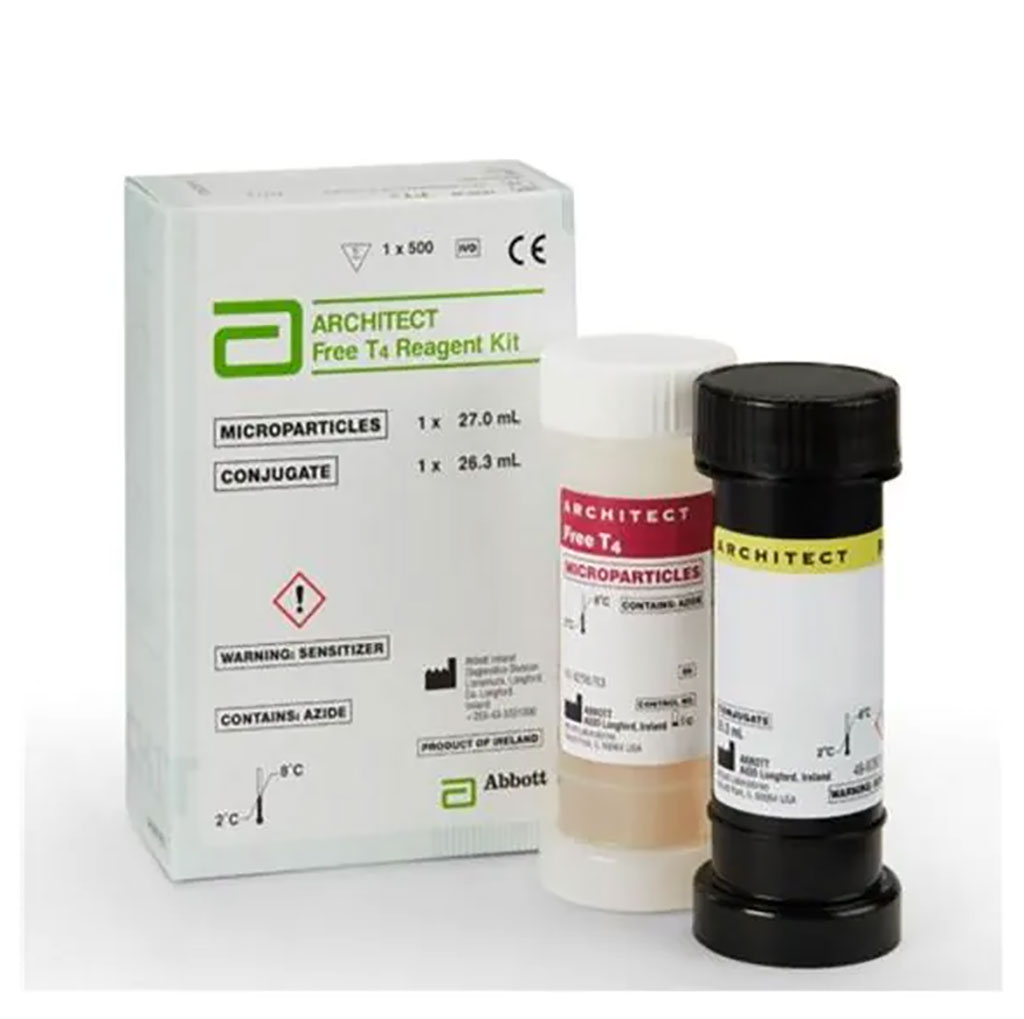Thyroid Hormone Levels Linked to Liver Fibrosis in T2D
Posted on 05 Jul 2022
Nonalcoholic fatty liver disease (NAFLD) is a clinical pathological syndrome and one of its key characteristics is hepatic steatosis which can be caused by excessive accumulation of fat in the liver.
The liver plays a crucial role in the metabolism of cholesterol and triglycerides (TG). Meanwhile, thyroid hormones interact on hepatic lipid homeostasis through multiple pathways, including stimulation of free fatty acid delivery to the liver for re-esterification to TG, and increasing fatty acid β-oxidation, thereby affecting hepatic fat accumulation.

Endocrinologists at the Anhui Medical University (Anhui, China) carried out a retrospective analysis that included 586 participants, of whom 55.1% were women. They divided participants into groups 346 with and 240 without NAFLD. A NAFLD fibrosis score of > 0.676 served as the definition for progressive liver fibrosis, which the scientists used to categorize participants into two groups: those with (n = 93) and without (n = 493) progressive liver fibrosis.
After separation of serum, fasting blood glucose (FBG), blood fat, liver function, kidney function and albumin (ALB) were measured using an automatic biochemical analyzer (Hitachi, 7600–020, Tokyo, Japan). Fasting C-peptide (FCP) was detected using enzyme-linked immunosorbent assay Autolumo A2000 Plus (Autobio Diagnostics Co., Ltd, Zheng Zhou City, China). High-performance liquid chromatography was performed for the determination of glycosylated hemoglobin (HbA1c) and flow cytometry and the Sysmex XN9000 (Kobe, Japan) and for the determination of platelets (PLT). Chemiluminescence microparticle immunoassay (Abbott ARCHITECT i4000, Abbott Park, IL, USA) was used to measure FT3, FT4, TT3, TT4 and TSH.
The scientists reported that levels of free triiodothyronine, total triiodomethylamine and free T3/free thyroxine ratio were significantly increased whereas the free T4 level was decreased in the group with NAFLD compared with the group without NAFLD. Additionally, compared with participants without progressive liver fibrosis, those with progressive liver fibrosis demonstrated lower levels of free T3, free T4, total T3 and total T4. In logistic regression analysis, a positive relationship between free T3/free T4 ratio and NAFLD was observed, whereas a negative association was reported between free T4 level and NAFLD, and between the risk for progressive hepatic fibrosis and levels of free T4, total T3 and total T4.
The authors concluded that there is a close correlation between the abnormal thyroid hormone levels and liver fibrosis in type 2 diabetes patients. The prevalence of NAFLD increased following the increase of free T3; free T3/free T4 ratio and decrease of free T4. These results suggested that the change of thyroid hormone level in type 2 diabetes patients should be tested routinely for judging the patient’s condition and predicting the prognosis. The study was published on May 31, 2022 in the journal BMC Endocrine Disorders.
Related Links:
Anhui Medical University
Hitachi
Autobio Diagnostics Co., Ltd
Sysmex
Abbott













